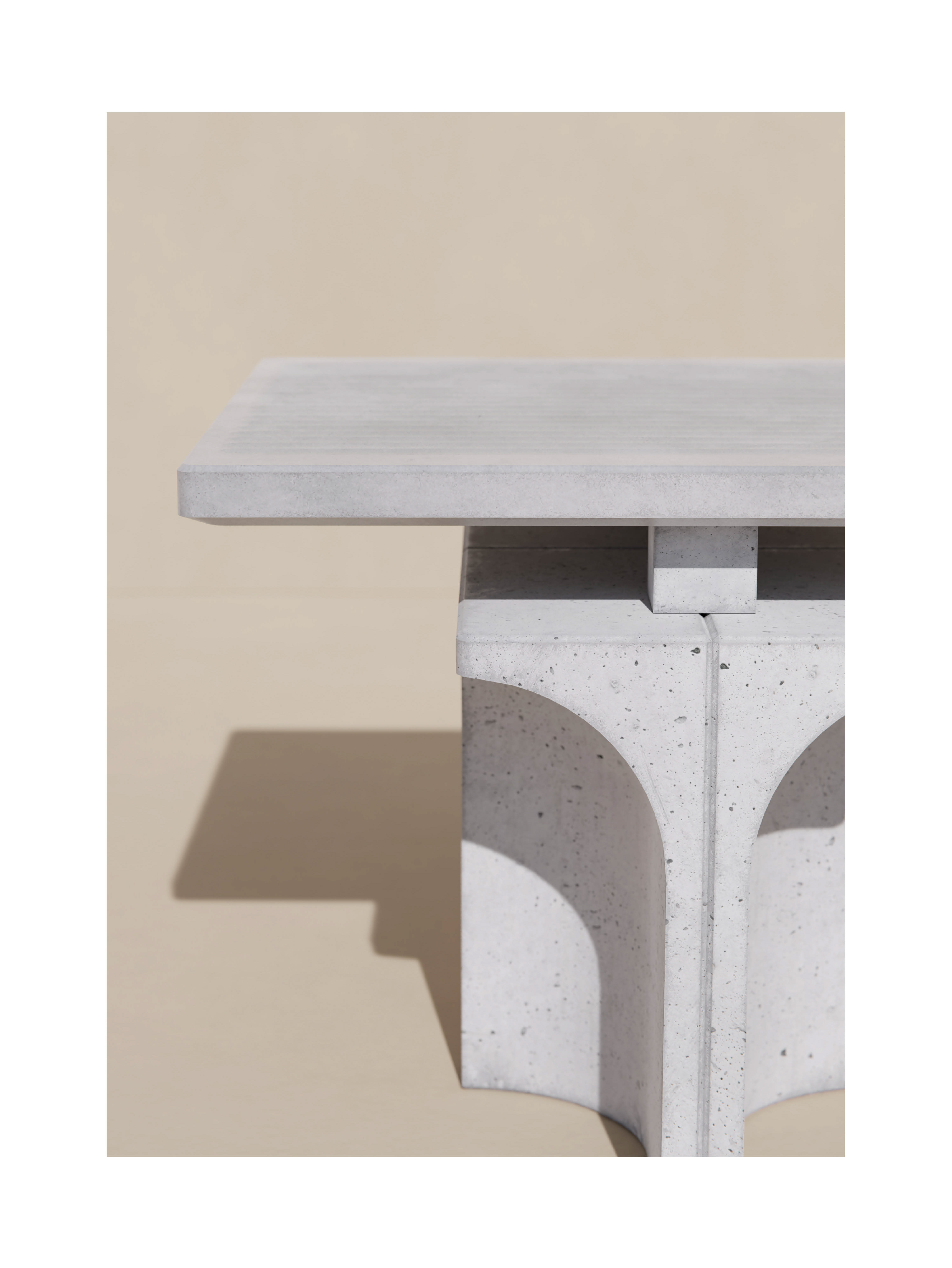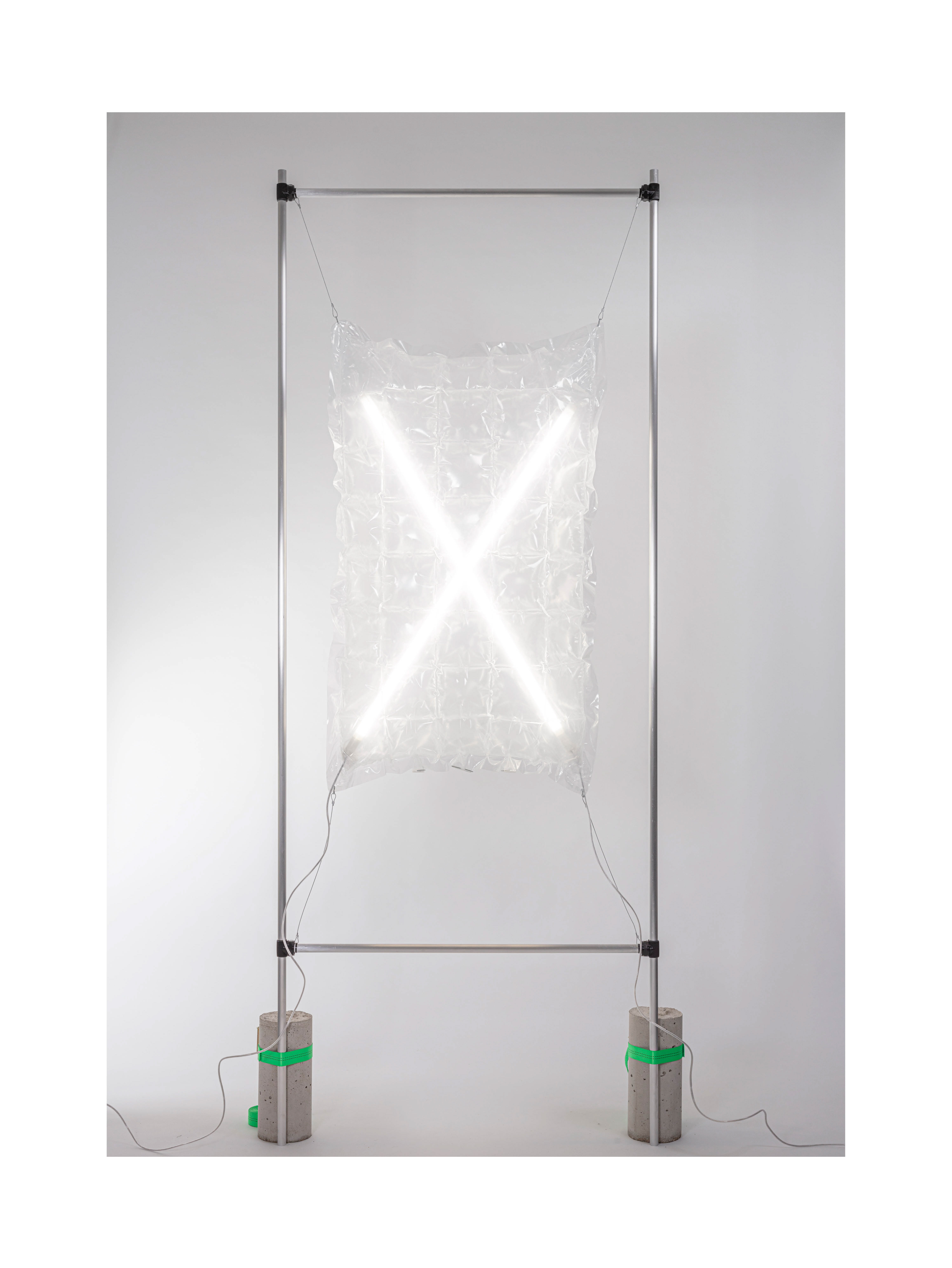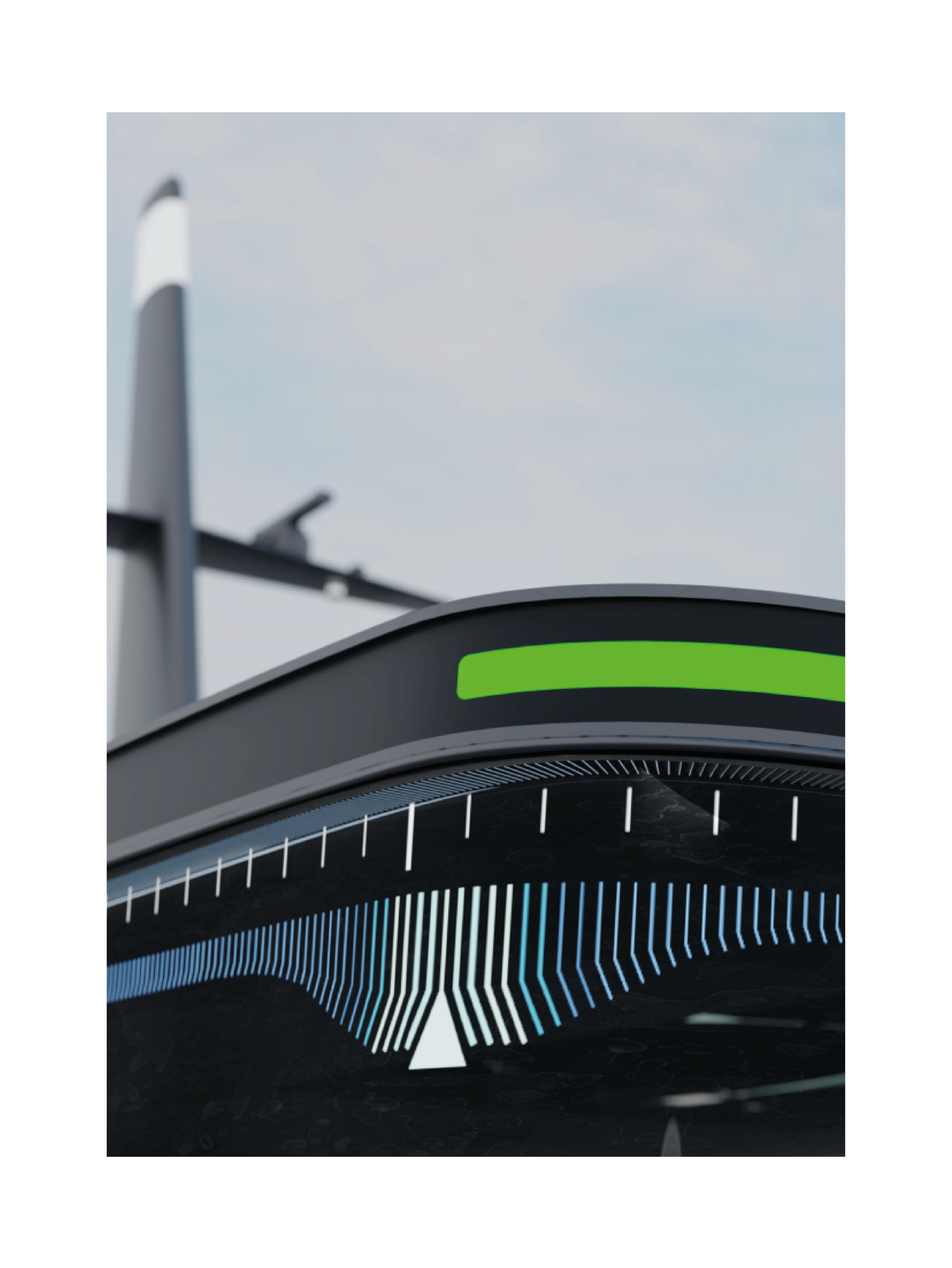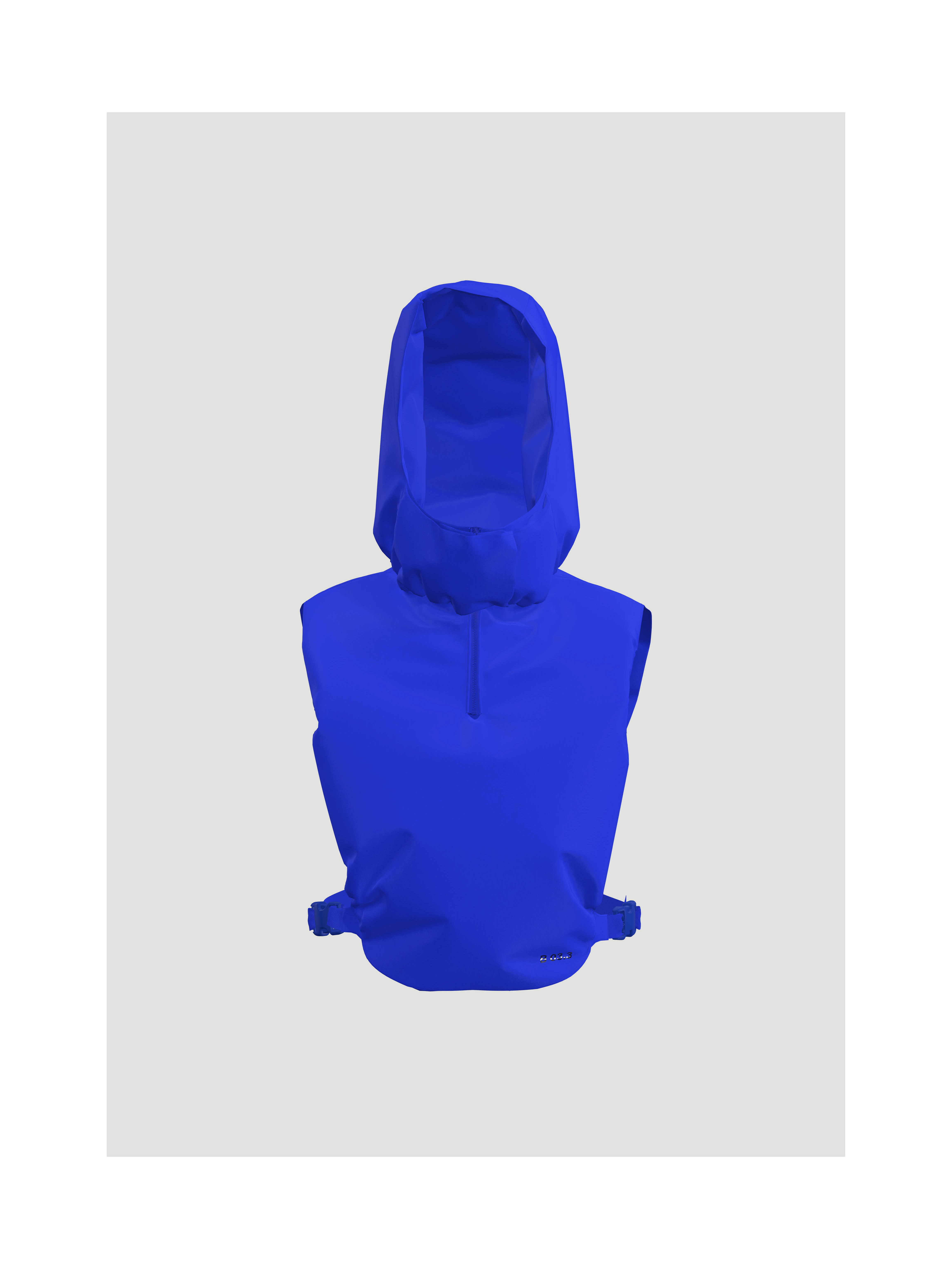Microbiome
The Life Inside Me
The microbiome is understood to include all microorganisms such as bacteria, viruses and fungi that live in and on us and with which we live in a symbiosis. From a genetic point of view, we consist of 56% microorganisms, which take over vital tasks in our bodies. These include, among other things, digestion and the immune system. Most of our microbiome resides in our large intestine. We feed our microbiome with what we eat, it depends on special nutrients. If we don't consume these nutrients, these microorganisms die out. There are geographical differences, such as in Malawi and Venezuela, where the majority of food is vegetarian and vegan. The microbiome in these examples is much more diverse than in Western countries where highly processed, fatty and glucose-rich foods are popular.
The project consists of a digital wall on which you can learn about the microbiome and which reacts interactively to the person walking by. By interacting with the wall, the user is educated about the microbiome and recognizes its importance.
In addition to the wall, there is an App that the user can find through a QR code. By submitting a stool sample to the family doctor the data of your microbiome are synchronized in the app. By interacting with the app, the user can determine what the current microbiome looks like and what an optimal one might look like. With the scan function of the app, you can capture food through the barcode and understand how your microbiome can be affected by the food.
In the future, the Micro Growth will replace the Nutri Score. It indicates which bacterial strains are nourished by food and thus in which direction the enterotype may change. The composition of the food is divided into six grades, depending on which bacterial strains nourish it.
Together with Louisa Pankow, Meret Oppermann, Theresa Vogt






